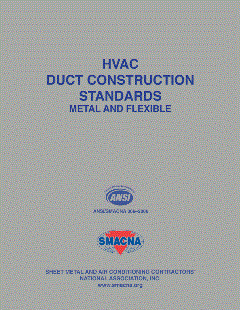Total construction spending rose modestly for the third straight month in April, according to the AGC. The Associated General Contractors of America found that April 2014 was a mix of increases and declines in public and private categories, and this shows the sector’s recovery remains fragile and fragmented. Association officials said the industry could benefit from new federal investments in infrastructure to offset declining public sector demand.
“Residential, private nonresidential, and public construction spending all have areas of strength but also pockets of weakness,” said Ken Simonson, the association's chief economist. “While the overall trend remains more positive than last year, growth is likely to be spotty for the foreseeable future.”
Construction put in place totaled $954 billion in April, 0.2% above the revised February total and 8.6% higher than in April 2013. The year-over-year growth so far in 2014 has exceeded the full-year increase of 5% recorded from 2012 to 2013.
Private residential construction spending inched up 0.1% in April to a six-year high. The latest total exceeded the year-ago level by 17%. Single-family construction rose 1.3% in April and 14% year-over-year. Multifamily spending soared 4.4% and 31%, respectively. Improvements to existing single- and multifamily structures slumped 2.2% for the month but increased 17% from a year ago.
Private nonresidential spending dipped 0.1% in April but climbed 5.6% over 12 months. Most major categories increased from year-ago levels. However, the largest private segment, power construction — comprising work on oil and gas fields and pipelines as well as electricity projects — slipped 0.6% for the month and 3.9% over the year. The fastest-growing private type was office construction, which jumped 3.1% in April and 26% since April 2013.
Public construction spending rose 0.8% for the month and 1.2% year-over-year. The largest public segment, highway and street construction, declined 1.1% in April but increased 4.9% from a year before. The second-biggest category, educational construction, gained 3% and 4.9%, respectively.
“The outlook for the rest of 2014 remains uneven,” Simonson predicted. “Demand for apartments appears to be very strong, but there are several warning signs about homebuilding. Despite dropping last month, power and manufacturing construction should remain the leading private nonresidential categories, with hefty growth for the year as a whole. The rebound in public construction that occurred last month may not be repeated soon.”
Association officials said that public investments in highway and street construction will decline significantly unless Congress and the Obama administration act before July to shore up the Federal Highway Trust Fund. Current estimates indicate the fund will run out of money by July, likely putting a halt to federal spending on surface transportation projects across the country.









